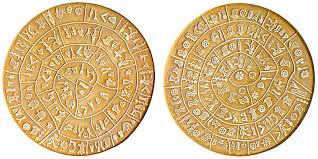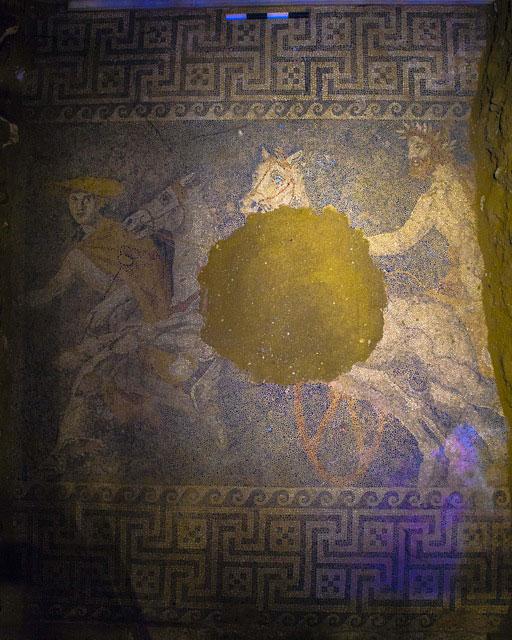The healing god Asclepius’ sanctuary is surrounded on all sides by boundary markers and within these markers no birth and no death is to take place. Inside the sanctuary are people devoting themselves to the god in hopes of being cured of their health problems. They eat sleep and live at the sanctuary giving dedications to the god and hoping for a vision telling them what to do to be cured. (Warrior 6.26-27) All around the sanctuary are inscriptions detailing past cures given by the God such as mutes given speech, the blind given sight, and women getting pregnant when they could not before. Athens and rome would be interested in having Asclepius in their cities for two reasons. First their citizens would want Asclepius in their city for their own individual sake. Getting sick in the ancient world was a scary thing and a big deal, so the closer they could be to a healing god, the better. The second reason that they would want Asclepius in their cities is for the health of the sate. Livy records in Periocha, “When the state was troubled by a plague, envoys were sent to bring the image of Asclepius from Epidaurus to Rome.”(Warrior, 14.27)
The relationship that Asclepius has with Aristides is one of dreams and visions. Aristides at the beginning of the sacred tales says about the God, “he revealed somethings openly in his own presence, and others by the sending of dreams, as far as it was possible to obtain sleep…Therefore in view of this I decided to submit truly to the God, as as to a doctor and to do in silence whatever he wishes.” (Sacred Tales, 1.3-4) Asclepius appeared to Aristides as he did to many who sought his help and guidance, in his dreams. When Aristides was ill it was Asclepius’ council that was the most valuable and he would do what ever the god would tell him to. Another characteristic of the relationship is that it is personal. When Aristides has a problem he seeks out Asclepius on his own and expects to get a direct and individual answer. This relationship is different from those of the Classical age in this aspect. He does not go to a festival, or worship at an altar in a great crowd. Aristides’ ailments are his own and so is his relationship with Asclepius.
The impression of the state of medical knowledge at the time of Aelius Aristides was certainly not advanced. Medical knowledge was not very deep at the time and seeing a doctor seems like it would have been almost as much of a gamble as praying to Asclepius and going to his sanctuary for healing. In this quote from the The Sacred Tales, Aelius Aristides has a tumor on his groin and he is trying to heal himself. The doctors, give many and varied consultations as to what he should do, “At this point, the doctors cried out all sorts of things, some said surgery, some said cauterization by drug, or that an infection would arise and I must surely die. But the God gave a contrary opinion and told me to endure and foster the growth. And clearly there was no choice between listening to the doctors or to the God.”(The Sacred Tales, 62-63) This quote also does a good job of establishing the relationship between medicine and religion at the time. While Aelius seeks the opinions of doctors about his malady the thought of not doing what his vision guided him to do is unthinkable to him. The guidance his vision of Asclepius gave him has the final say.

